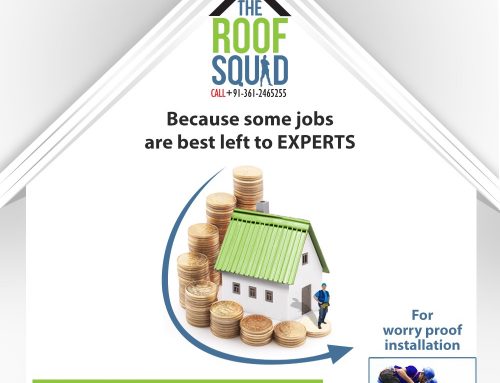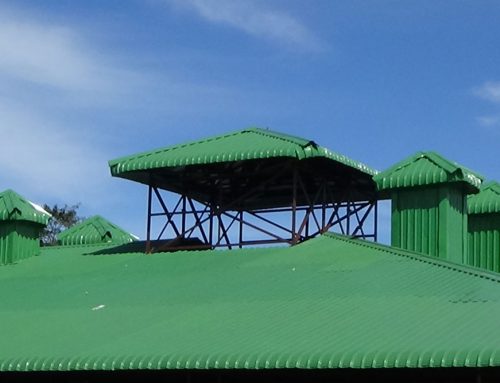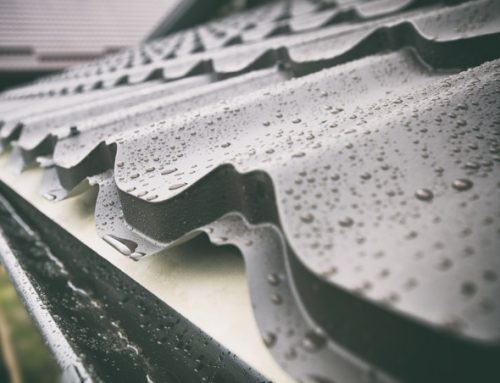Standing seams for metal roofing is fast gaining popularity as a metal roofing option because of the many advantages that the structure provides for modern homeowners. Among the many benefits that standing seams provide is a high level of weather-tight support and sleek appeal and making the metal roof last longer than other options. Despite the many advantages, and its ability to withstand damage, it does get affected by hail to some extent.
Standing Seam Metal Roofing features
Fasteners play a crucial part in Standing seam metal roofs as the roof is dependent on fastener metal panel systems. The concealed fasteners are a set of vertical legs, and a flattened area is in the middle of the legs. Standing seams come in use for installing metal walls apart from being used as support for metal roofing. Fasteners remain concealed in this type of roofing. Sometimes panels are secured with a clip used to secure the panels to the roof deck. A fastener flange is applied to attach to the vertical leg. Property owners can choose from multiple options of colour and panels sizes of Standing seam metal roofs that differ in width, length, shape, profile, thickness, and more.
Panel Profiles in Standing seam metal roof
Panel profile means how panels are placed together in a standing seam metal roof. Specific roofs require specific panel profiles that are decided by the slope, roof type, and location, among other factors.
Common types of panel profile are:
Snap Lock Panels, Mechanical Lock Panels, Single Lock Panels, Double Lock Panels, Batten Panels, Tea Seams, Snap Caps and Fastener Flanges
Hail Storm Damage
Roofs can face severe damage due to Hail storms. Two factors that influence the extent of damage are the storm strength and the roof type. Metal roofs are the most resilient roofing structures to withstand hail storms. Among all metal roofs, the Standing seam metal roofs are the most durable against harsh weather. However, there are some factors that you have to watch out for:
- Wind Speed and Direction: Both together can impact the roof severely. During storms, the speed and direction of the wind damage the roof.
- Hailstone Size and Density: The damage is most severe by large and compact stones.
- House Roof Materials: The materials in the home also matter. Among the roofing materials, metal can withstand storms easily.
- Home Barriers and Surroundings: The surroundings act as protective barriers. Trees and tall buildings can shield the home from the severity of a storm.






Leave A Comment